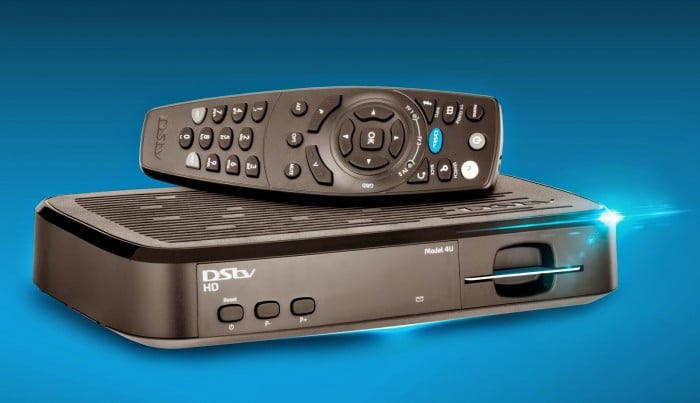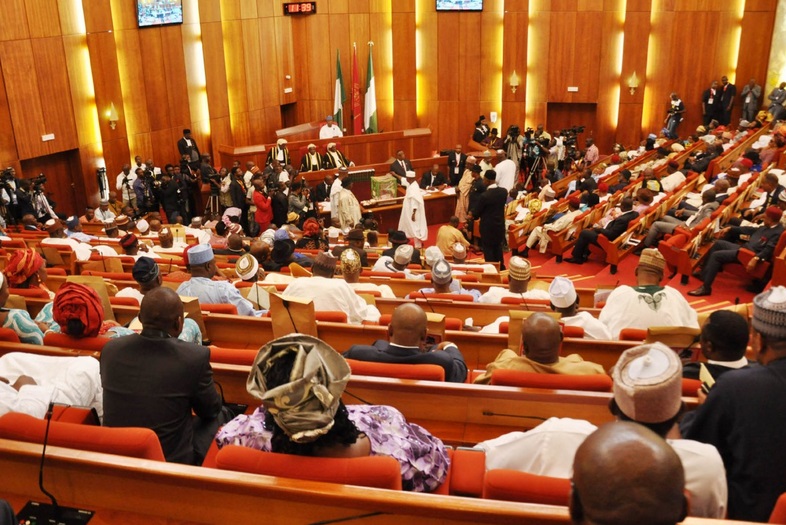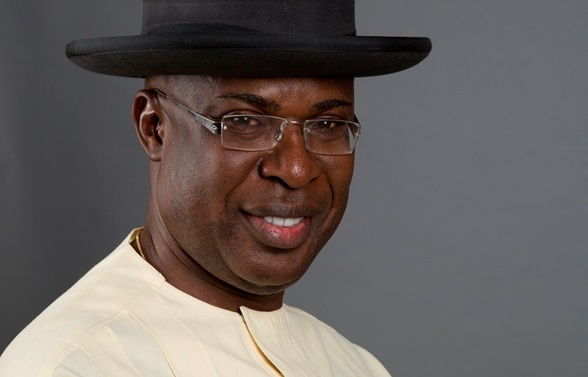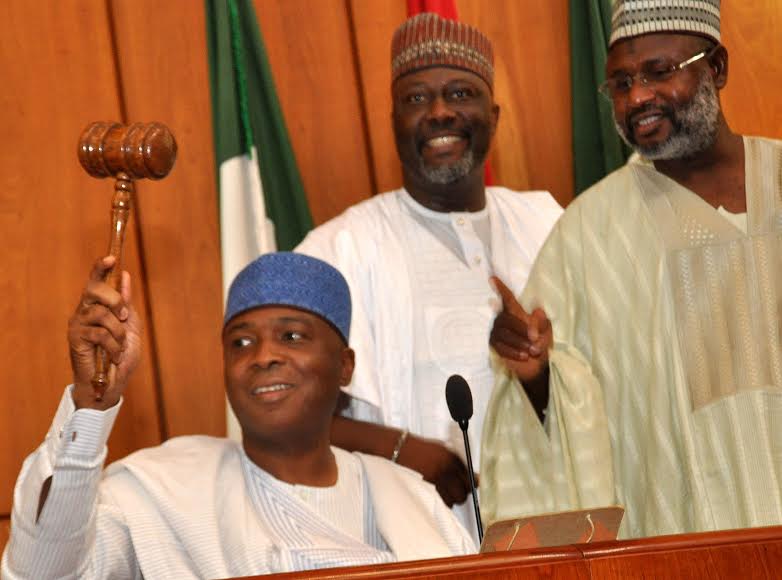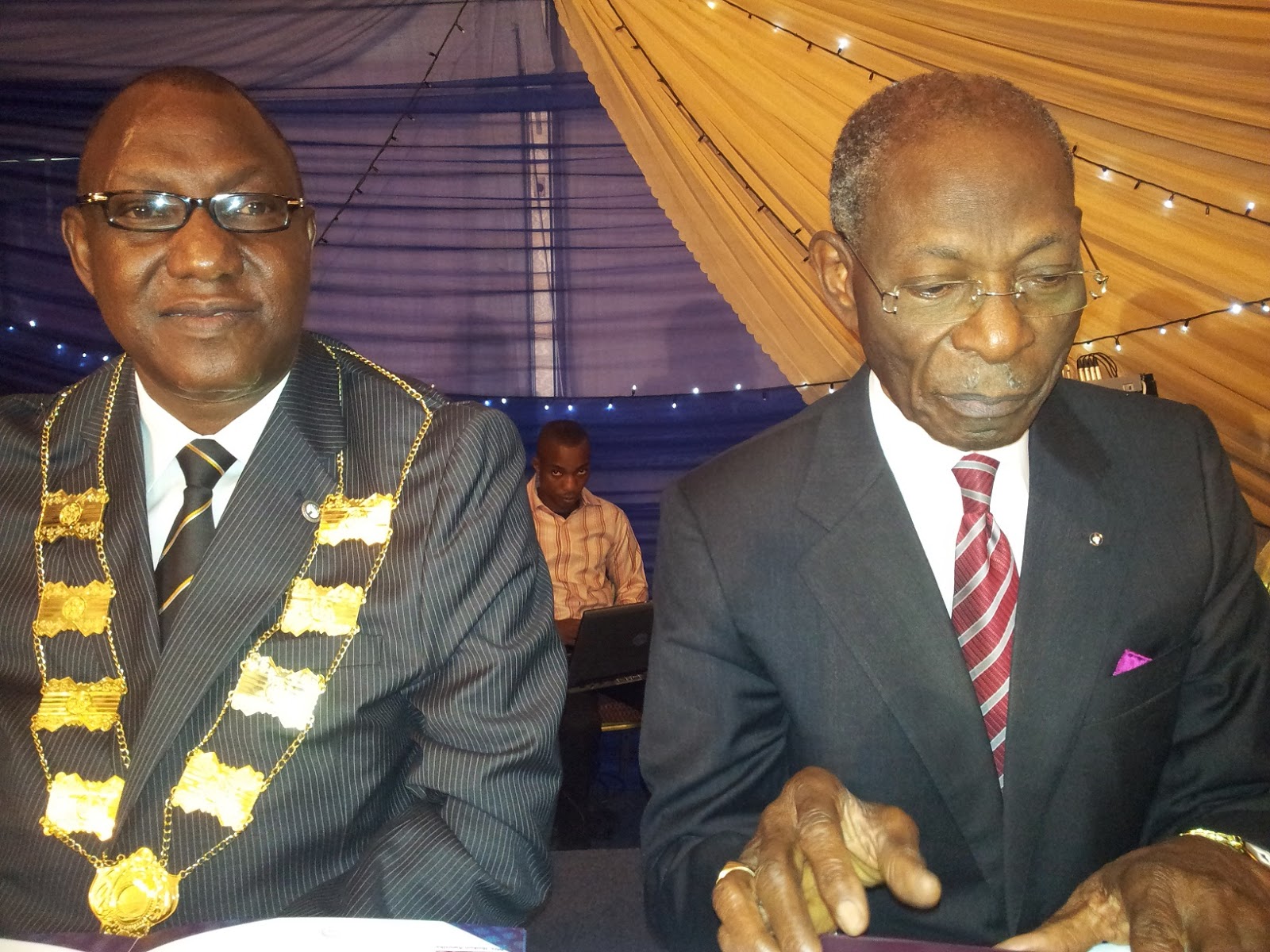Decoders, like other electrical or mechanical appliances, are prone to faults. This means they may not work and at certain times, may function but not optimally.
Whatever the case is, the result is the similar: You do not enjoy your television viewing experience.
Why do decoders stop working? The major cause of decoder faults is power surge. In Nigeria, where power outages are frequent, power surges constitute a major threat to decoder health.
They usually occur when power restoration is accompanied by an oversupply of voltage.
Advertisement
This damages the decoder’s power circuit. In some cases, it goes beyond the power circuit, damaging almost the entire circuit board of the decoder. It is, however, a preventable problem.
To effectively shield your decoder from the destructive effects of power surge, you are advised to connect it to a voltage stabiliser linked to an extension cable with an in-built surge or overload protective capacity. The same treatment should be given to other appliances in your home.
For remedy, in case it has happened, take the decoder to your pay-TV provider’s outlet. There, you are certain of obtaining quality service from technicians that can fix the problem.
Advertisement
Another problem common to decoders is scanning difficulties. In certain situations, the decoder searches for signal on various frequencies, but fails connecting to any bouquet. This could be as a result of a change in the dish position and is rectifiable by having the dish re-aligned.
It may also occur in the event of cable disconnection between the decoder and the LNB (Low Noise Block) or a faulty LNB. The LNB is the device on the front of your dish that receives microwave signal from the satellite, amplifies it, converts it to a lower frequency band and sends it down to the decoder.
You can verify if the fault is from the decoder or the LNB by connecting another decoder to the same signal or the decoder to another verified signal.
Sometimes too, the decoder takes too long to scan and after scanning may experience picture cracks or signal disconnection on some channels.
This is usually associated with low signal strength to the decoder and can be rectified by dish realignment.
In some cases, such as where a single LNB signal is shared by two decoders, it can be corrected by disconnecting the other decoder.
While your decoder may scan, it could happen that it connects to fewer than usual number of bouquets it usually does.
This fault is usually a malfunction that can be corrected by executing a factory reset on the decoder.
Lastly, picture freezes or cracks.
Advertisement
While this had been addressed in a previous installment of this series, it is worth returning to. Image freezes or cracks usually occur because of poor signal quality.
It is prevalent during adverse weather conditions such as heavy rainfall or dense clouds. It usually clears when the sky is clear. But if it persists when the skies are clear, it may be that your dish has experienced a slight shift from adequate signal position or that strong winds have blown objects, like big leaves, in the communication path between the satellite and the LNB. This will require the intervention of an accredited installer to realign the dish in a way that it optimally receives signal from the satellite.
